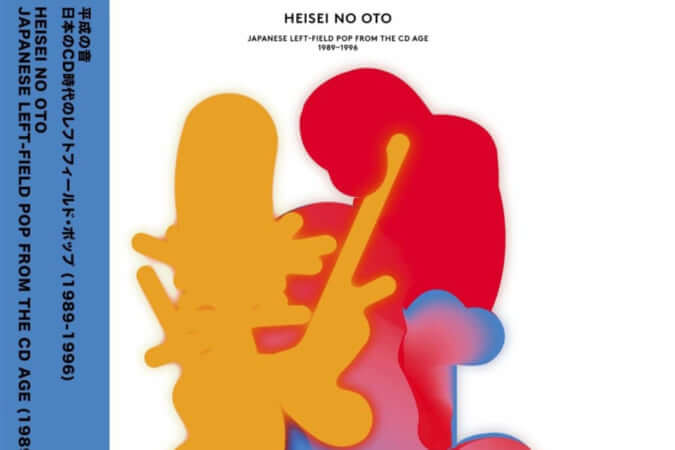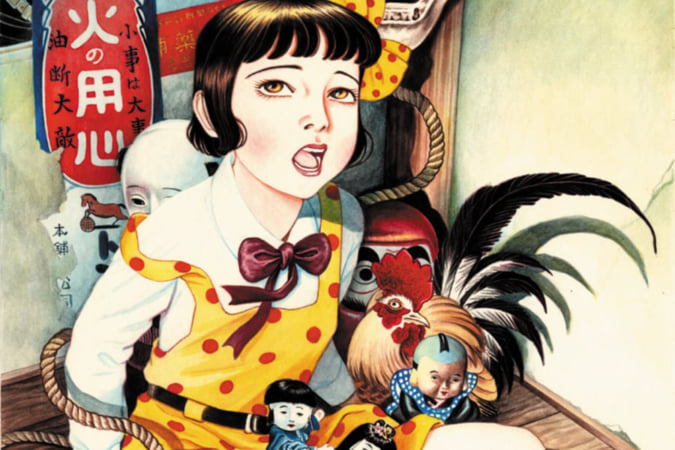Sushi from Nara, Wrapped in a Delicate Persimmon Leaf
Used originally to preserve the freshness of raw fish, this technique has become a staple food from the former imperial capital.
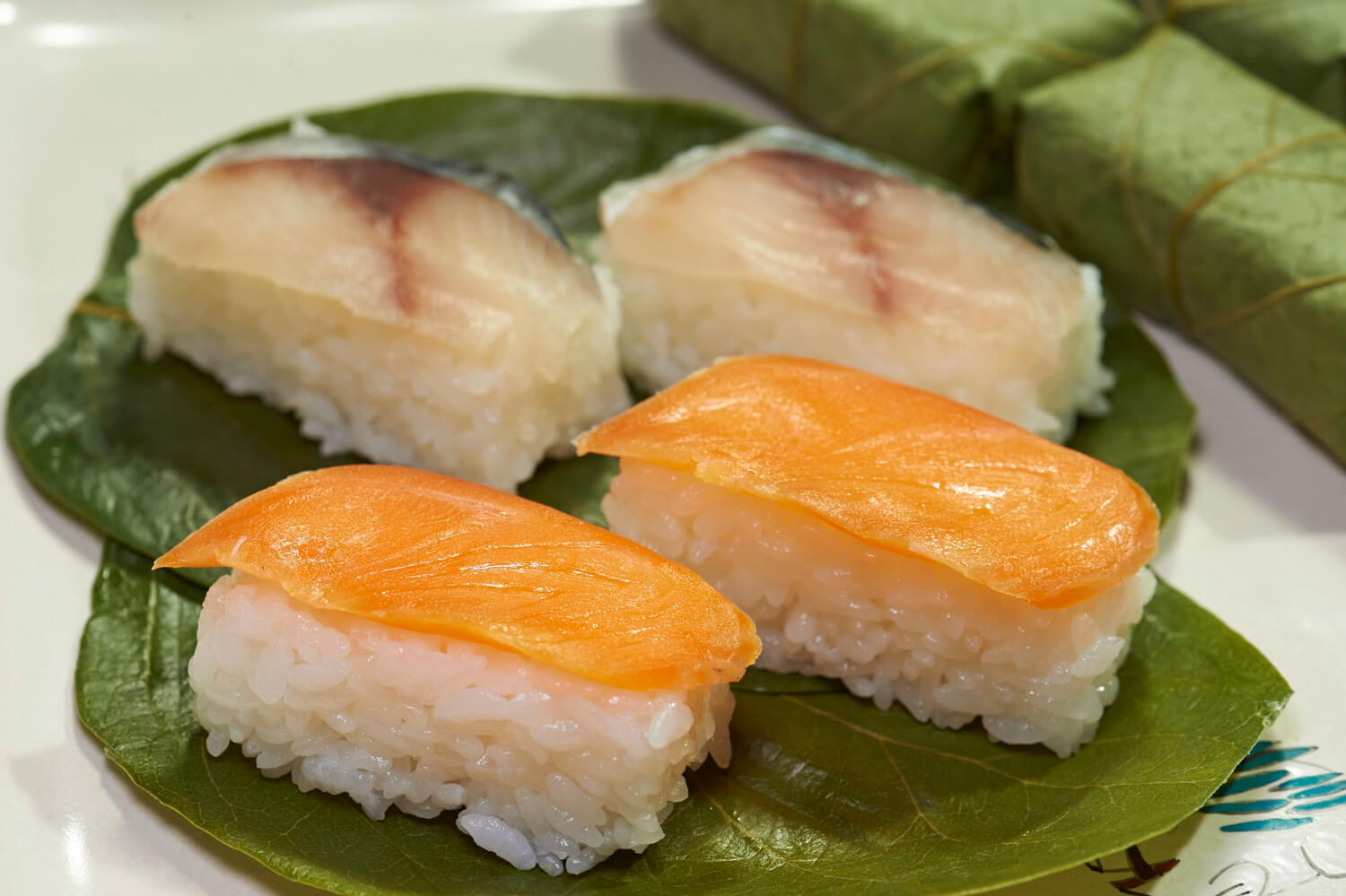
©JNTO
Kakinoha-sushi is a type of sushi that, in terms of shape at least, is no different from the rest: it consists of a slice of raw fish on top of some rice. The difference, however, becomes clear when it’s eaten: it has a lightly sugary taste, a result of the contact with the leaf it’s wrapped inside.
This wrapping practice dates back to the Edo period, where the trick was used to preserve sushi without covering it in salt, which quickly made it inedible. As Nara is relatively far from the sea, people had to find a way to preserve food for the journey to what was the capital of Japan between 710 and 784.
Sushi with a delicate sweet flavour
This tradition of using leaves continues today, due in part to its aesthetic quality but also to the taste it creates. There are all kinds of kakinoha-sushi, but it’s customary for them to be made from salmon or mackerel, with the latter absorbing the flavour from the persimmon leaf. The packaging is elegant, too: sushi from Nara is placed in a wooden box before being enjoyed. And there’s one final detail, and an important one at that: the persimmon leaf is not for eating, instead serving only as a casing.
This sushi is primarily found in Nara and the surrounding areas, but can also be found in some big shops in Tokyo, such as Tokyo Foodshow in Shibuya district.
To taste kakinoha-sushi in Nara, head to Tanaka restaurant, a local institution.
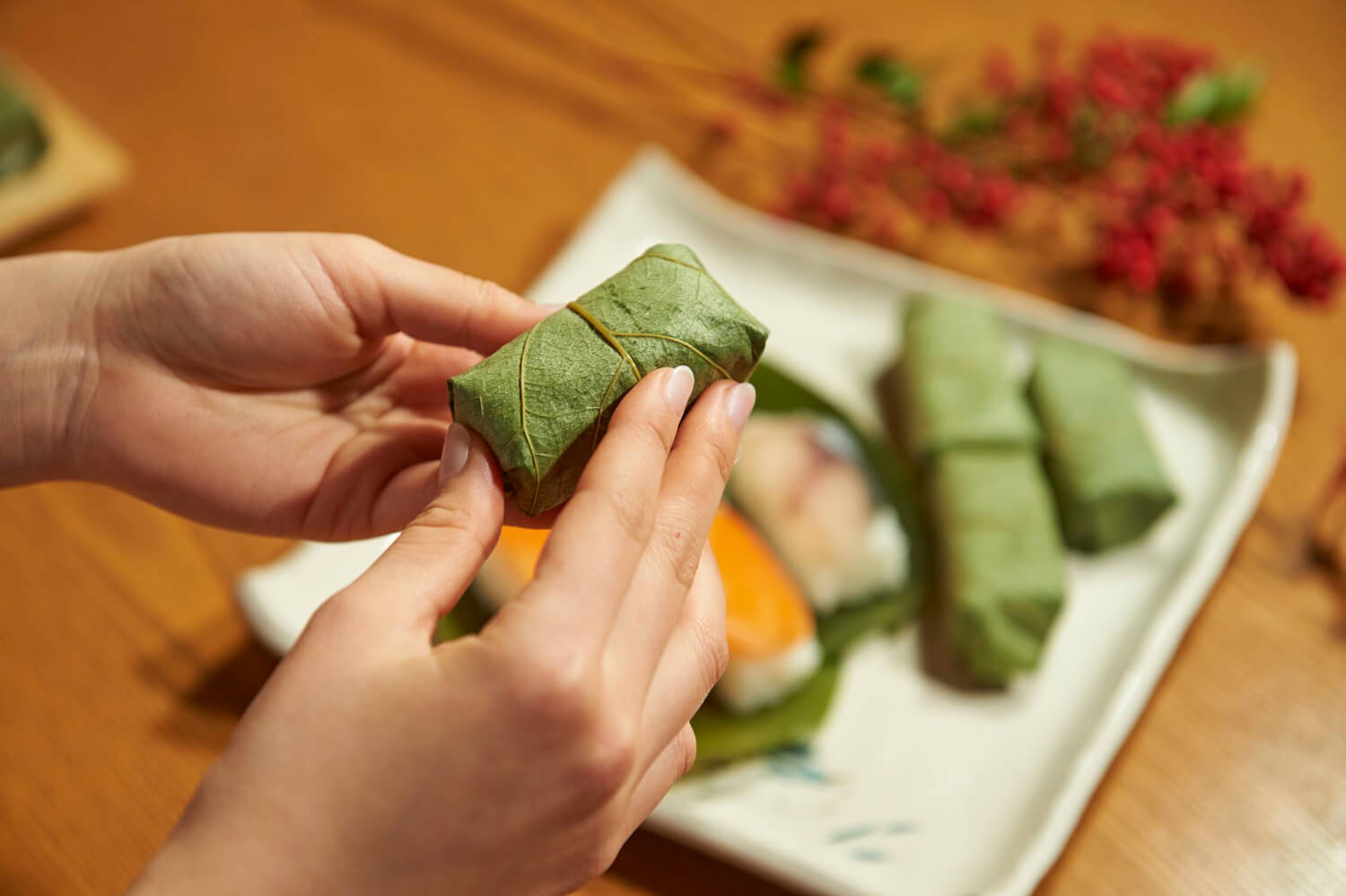
©JNTO
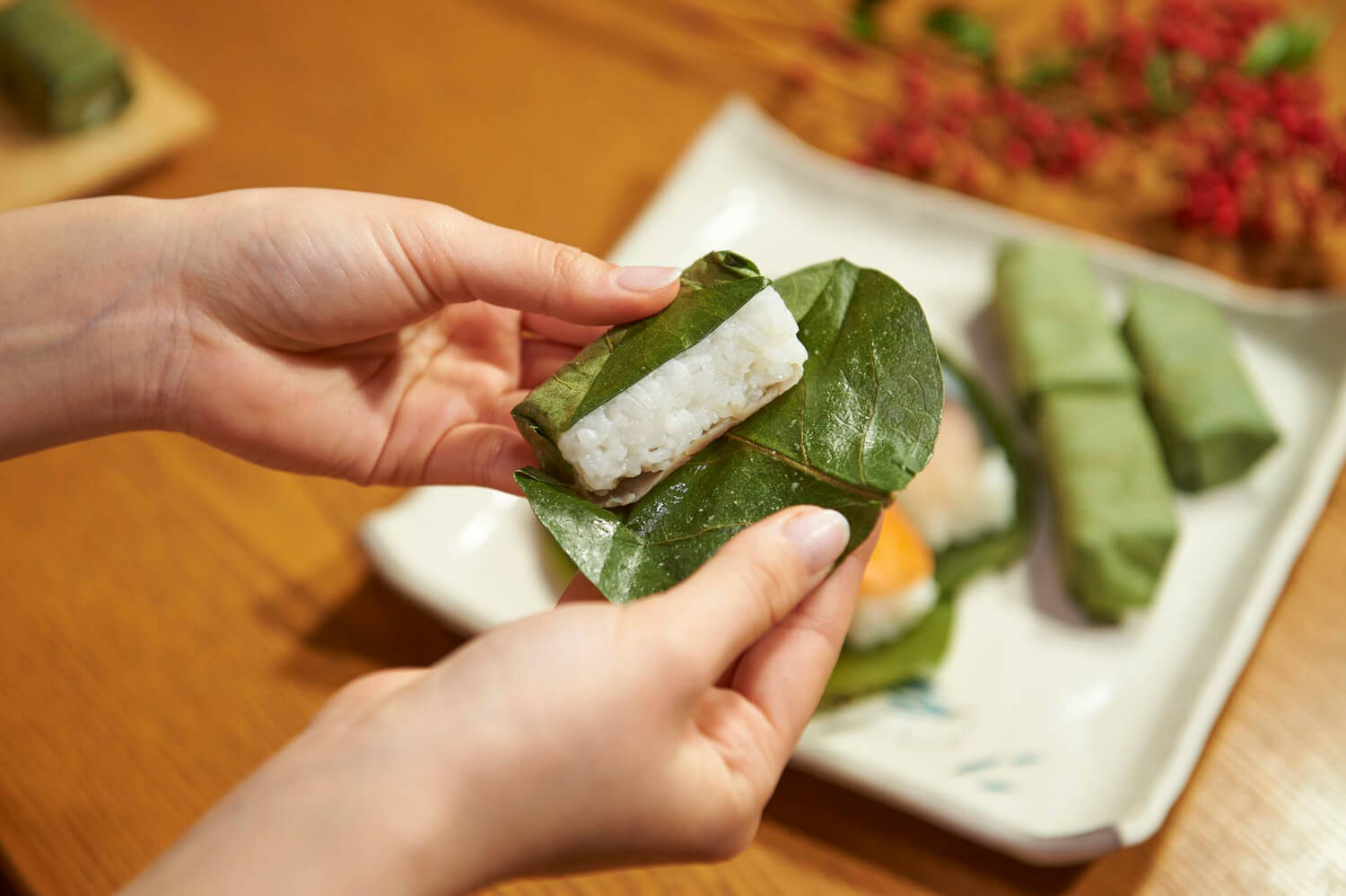
©JNTO

©JNTO
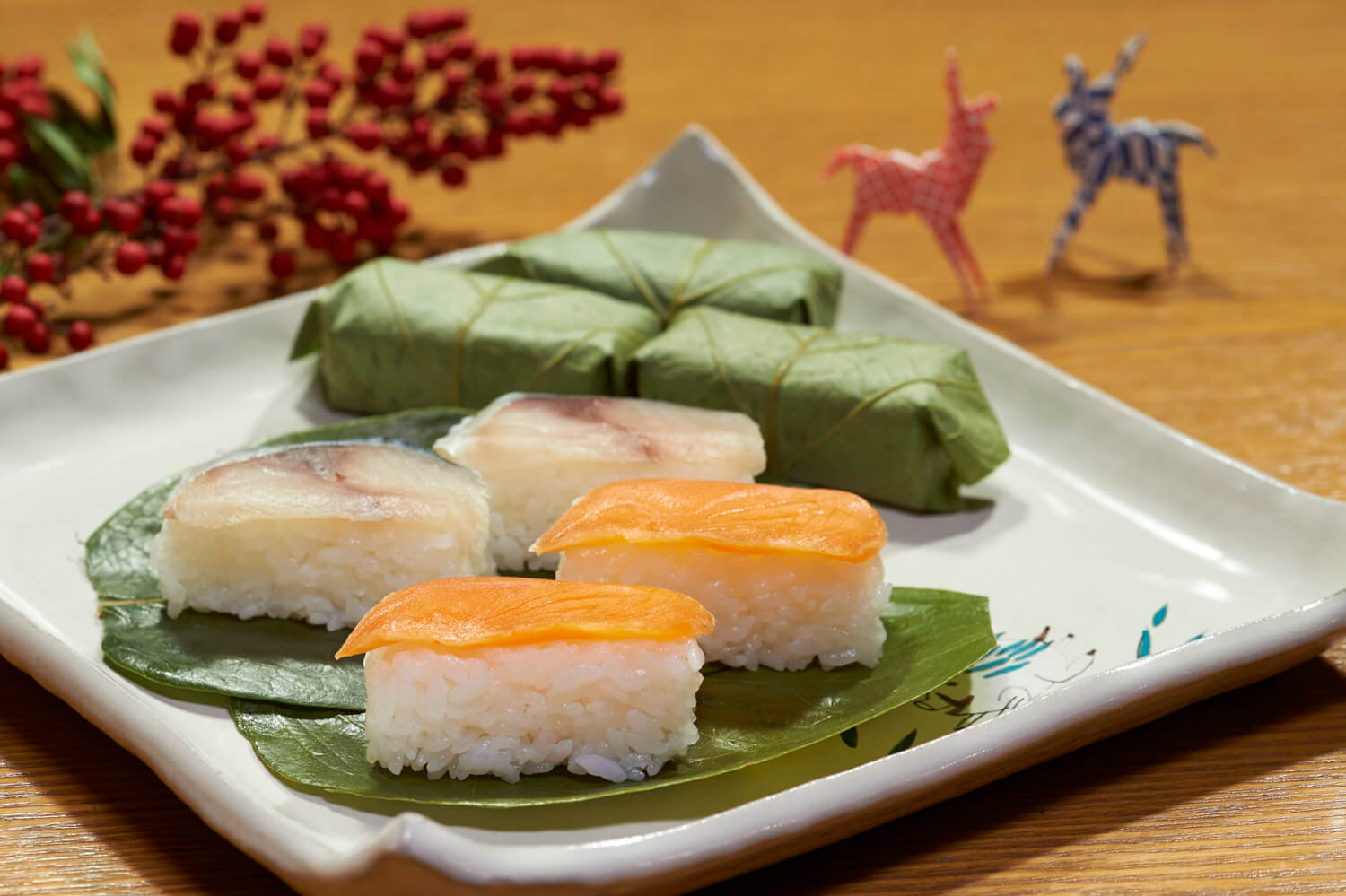
©JNTO
TRENDING
-
The Tattoos that Marked the Criminals of the Edo Period
Traditional tattoos were strong signifiers; murderers had head tattoos, while theft might result in an arm tattoo.

-
The Story of Sada Yacco, the Geisha who Bewitched Europe
Described by Dazed magazine as the first beauty influencer, she has been restored to her former glory since 2019.

-
Chiharu Shiota, Red Threads of the Soul
Last year, more than 660,000 people visited the retrospective 'Chiharu Shiota: The Soul Trembles' exhibit at the Mori Art Museum.

-
Japanese Left-field Pop From The CD Age, 1989-1996
‘Heisei No Oto’, a compilation of hidden gems in the unspoken depths of Japanese pop, reveal blissful moment of technological possibility.

-
‘Shojo Tsubaki’, A Freakshow
Underground manga artist Suehiro Maruo’s infamous masterpiece canonised a historical fascination towards the erotic-grotesque genre.




